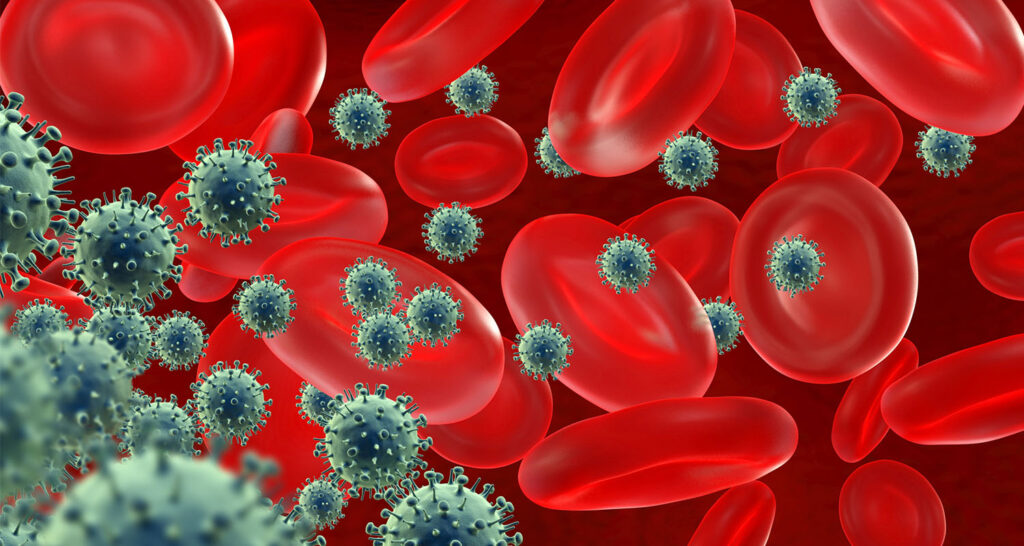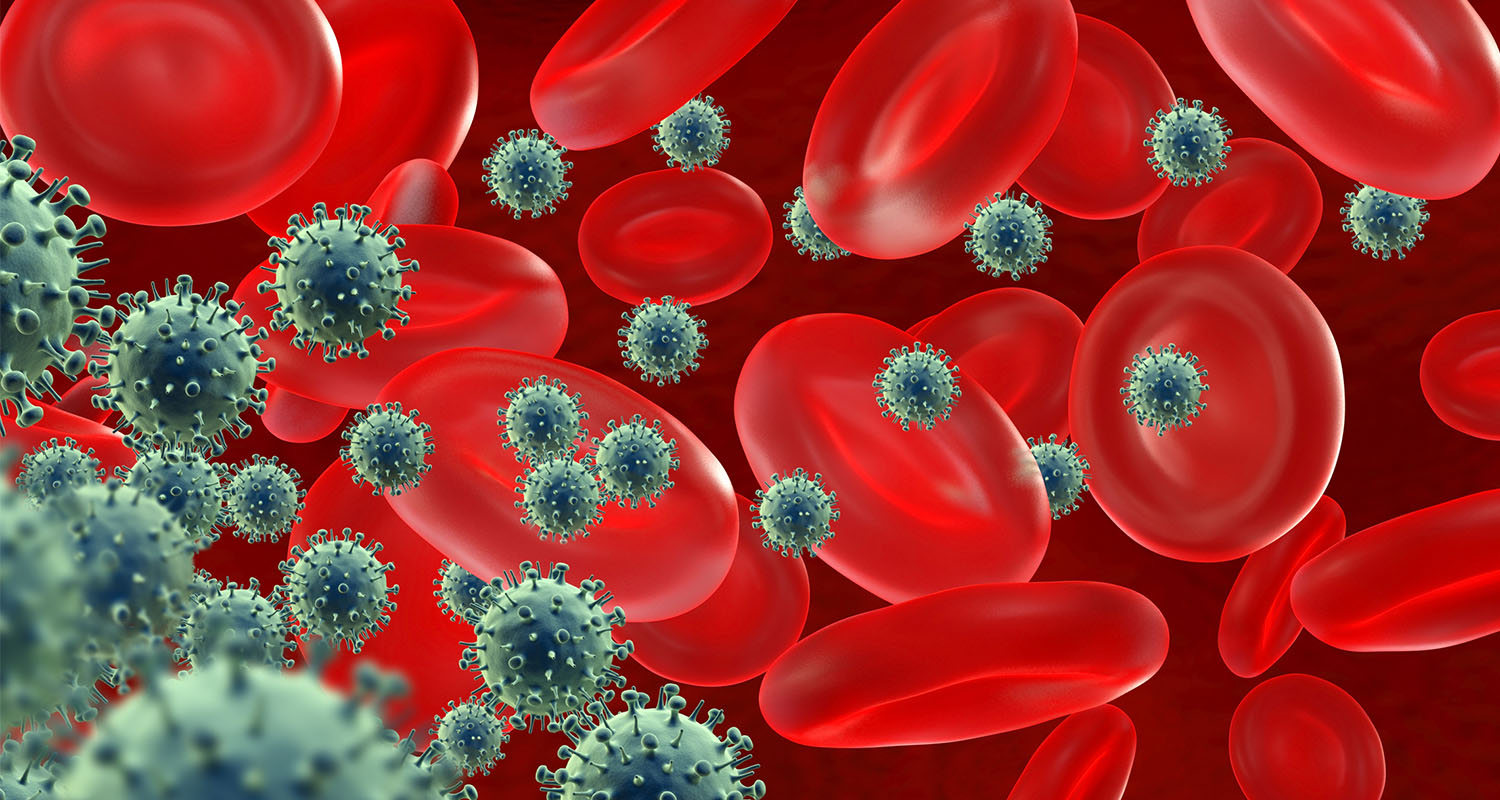
Splenda Side Effects: Unveiling the Potential Downsides of Sucralose
Splenda, a popular artificial sweetener, has become a staple in many households as a zero-calorie alternative to sugar. Marketed as a healthier option, it’s often found in diet sodas, baked goods, and countless other processed foods. But beneath the surface of its sweetness lies a complex web of potential side effects of Splenda. While regulatory bodies like the FDA have deemed it safe for consumption, a growing body of research suggests that regular intake of sucralose, the primary component of Splenda, may not be entirely risk-free. This article aims to delve into the potential side effects of Splenda, exploring the scientific evidence and offering a balanced perspective on its use.
What is Splenda and How Does it Work?
Splenda is the brand name for an artificial sweetener primarily composed of sucralose. Sucralose is created through a multi-step chemical process that replaces three hydroxyl groups on a sucrose (sugar) molecule with chlorine atoms. This modification prevents the body from metabolizing sucralose, making it calorie-free. Bulking agents like maltodextrin and dextrose are often added to Splenda to improve its texture and volume, especially in granular form.
The sweetness intensity of sucralose is approximately 600 times that of sugar, meaning only a tiny amount is needed to achieve the desired level of sweetness. This makes it an appealing option for individuals looking to reduce their sugar intake, manage their weight, or control blood sugar levels. However, the non-metabolizable nature of sucralose also raises questions about its potential impact on the gut microbiome and overall health.
Potential Side Effects of Splenda: A Closer Look
While Splenda has been extensively studied, concerns about its potential side effects of Splenda persist. It’s essential to note that individual reactions can vary, and further research is needed to fully understand the long-term implications of sucralose consumption.
Impact on Gut Health
One of the most significant concerns surrounding Splenda revolves around its potential to disrupt the gut microbiome. The gut microbiome is a complex ecosystem of bacteria, fungi, and other microorganisms that play a crucial role in digestion, immunity, and overall health. Studies have suggested that sucralose can alter the composition of the gut microbiome, reducing the number of beneficial bacteria and potentially increasing the population of harmful bacteria. [See also: The Gut-Brain Connection: How Your Gut Influences Your Mood]
A healthy gut microbiome is essential for maintaining a strong immune system, as it helps to regulate inflammation and protect against pathogens. Disruptions to the gut microbiome have been linked to a range of health problems, including irritable bowel syndrome (IBS), inflammatory bowel disease (IBD), and even obesity. While more research is needed to determine the exact extent of sucralose’s impact on the gut microbiome, the existing evidence suggests that caution is warranted.
Blood Sugar and Insulin Response
Although Splenda is marketed as a zero-calorie sweetener that doesn’t affect blood sugar levels, some studies have indicated that it may influence insulin response in certain individuals. While sucralose itself doesn’t directly raise blood sugar, it can potentially affect the body’s ability to regulate blood sugar levels over time. Some research suggests that consuming sucralose may lead to an increased insulin response when glucose is subsequently consumed. This could be problematic for individuals with diabetes or insulin resistance. [See also: Understanding Insulin Resistance and How to Manage It]
The mechanism behind this potential effect is not fully understood, but it may involve alterations in gut hormones or changes in the way the body processes glucose. Further research is needed to clarify the relationship between sucralose and insulin response, particularly in individuals with pre-existing metabolic conditions.
Potential for Weight Gain
Paradoxically, some studies have suggested that artificial sweeteners like Splenda may contribute to weight gain, despite being calorie-free. This counterintuitive effect could be due to several factors, including the disruption of gut hormones that regulate appetite and satiety. Artificial sweeteners may also interfere with the brain’s reward pathways, leading to increased cravings for sweet foods and beverages. [See also: The Role of Hormones in Weight Management]
Additionally, the consumption of artificial sweeteners may lead to a decreased association between sweetness and caloric intake. This could result in individuals consuming more calories overall, as they no longer perceive sweet foods as necessarily being high in calories. While more research is needed to confirm these findings, the potential for artificial sweeteners to contribute to weight gain is a concern for some individuals.
Neurological Effects
Some anecdotal reports and preliminary research have suggested that Splenda may have neurological effects in certain individuals. These effects can range from headaches and migraines to dizziness and memory problems. While the scientific evidence supporting these claims is limited, it’s important to be aware of the potential for neurological side effects of Splenda, especially if you experience any unusual symptoms after consuming it. [See also: The Link Between Diet and Brain Health]
It’s possible that sucralose may affect neurotransmitter function or alter brain activity in susceptible individuals. However, more research is needed to understand the mechanisms behind these potential effects. If you suspect that Splenda is causing neurological symptoms, it’s important to consult with a healthcare professional.
Other Potential Side Effects
In addition to the potential side effects of Splenda mentioned above, some individuals have reported experiencing other adverse reactions, such as digestive issues, skin rashes, and allergic reactions. These reactions are relatively rare, but they highlight the fact that individual sensitivities to sucralose can vary. If you experience any unusual symptoms after consuming Splenda, it’s important to discontinue use and consult with a healthcare professional.
Splenda and Cooking: What You Need to Know
Sucralose, the key ingredient in Splenda, can undergo changes when exposed to high temperatures during cooking or baking. Some studies have shown that heating sucralose can lead to the formation of potentially harmful compounds, such as chloropropanols. While the levels of these compounds are typically low, it’s important to be aware of the potential risks associated with cooking with Splenda. [See also: Healthy Baking Alternatives to Sugar]
For baking purposes, it’s often recommended to use Splenda blends specifically designed for baking, as these blends may contain other ingredients that help to stabilize the sucralose and reduce the formation of harmful compounds. It’s also important to follow the manufacturer’s instructions carefully when using Splenda in cooking or baking.
Who Should Avoid Splenda?
While Splenda is generally considered safe for consumption by most individuals, there are certain groups of people who may want to avoid it or limit their intake. These include:
- Individuals with pre-existing gut health issues, such as IBS or IBD
- Individuals with diabetes or insulin resistance
- Individuals who are sensitive to artificial sweeteners
- Pregnant or breastfeeding women (due to limited research on its effects on fetal development and breast milk)
If you have any concerns about the potential side effects of Splenda, it’s always best to consult with a healthcare professional before incorporating it into your diet.
Alternatives to Splenda: Exploring Other Sweetening Options
If you’re looking for alternatives to Splenda, there are several natural and artificial sweeteners to choose from. Some popular options include:
- Stevia: A natural sweetener derived from the Stevia plant.
- Erythritol: A sugar alcohol that is naturally found in some fruits and fermented foods.
- Monk fruit: A natural sweetener derived from the monk fruit.
- Aspartame: Another artificial sweetener, sold under the brand names NutraSweet and Equal.
- Saccharin: One of the oldest artificial sweeteners, sold under the brand name Sweet’N Low.
Each of these sweeteners has its own set of potential benefits and drawbacks, so it’s important to do your research and choose the option that best suits your individual needs and preferences. [See also: A Comprehensive Guide to Natural Sweeteners]
The Bottom Line: Weighing the Risks and Benefits
Splenda can be a useful tool for individuals looking to reduce their sugar intake and manage their weight. However, it’s important to be aware of the potential side effects of Splenda and to use it in moderation. While regulatory bodies have deemed it safe, emerging research suggests that it may have a negative impact on gut health, insulin response, and other aspects of health. By understanding the potential risks and benefits of Splenda, you can make informed decisions about its use and choose the sweetening option that is right for you. Remember that moderation is key, and a balanced diet is always the best approach to maintaining optimal health.
The information provided in this article is for informational purposes only and should not be considered medical advice. Always consult with a healthcare professional before making any changes to your diet or lifestyle. Further research and ongoing studies will continue to shed light on the long-term effects of sucralose consumption.

